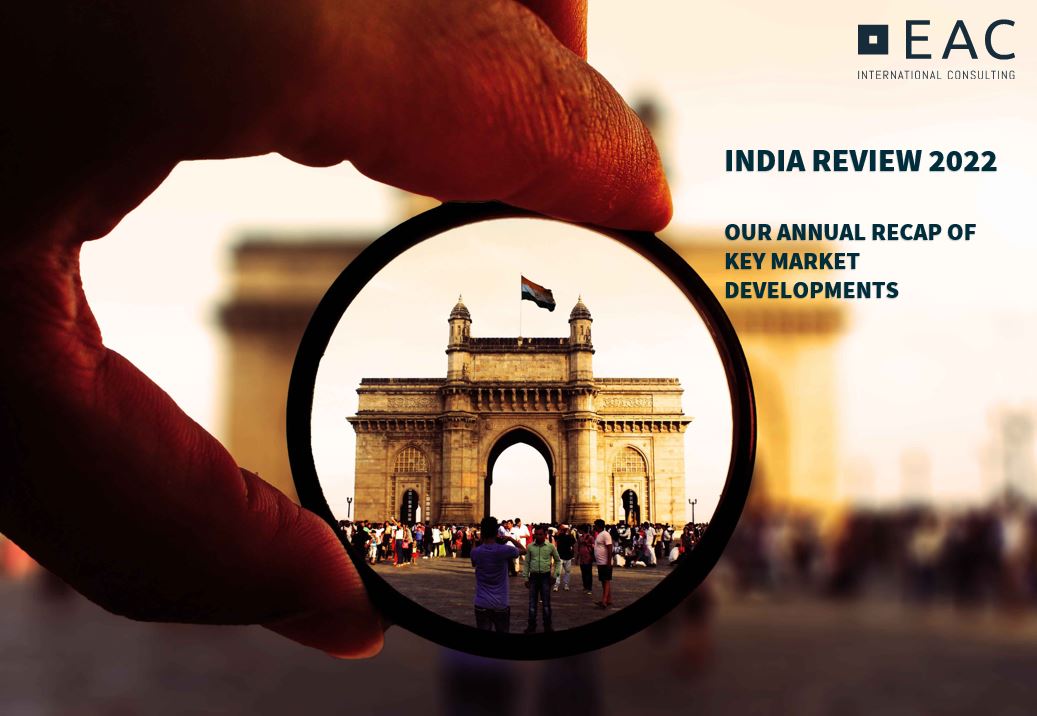Key Success Factor of Influencer Marketing in China - Influencer Matrix

Influencers could be classified into different ranking according to follower counts: mega macro influencers (> a million followers), macro influencers (500K-1 million followers), mid-tier influencers (50K-500K followers), micro influencers (10K-50K followers), nano influencer (1K-10K followers) and Key Opinion Consumers (<1k influencers). Influencer could also be classified into beauty bloggers, home-decoration influencer, mommy bloggers etc. based on the influencers’ niche/vertical content.
Influencers differ from the follower counts, focus of content, engagement with the audience, the purchasing power of followers etc. The success of a marketing campaign is not simply measured by overall exposure (influencer counts multiplied by the numer of followers). Brands have different objectives when launching a marketing campaign, e.g. increasing overall exposure or focus more on sales conversion. Corporates need to consider the growth stage of the brand and the key objectives of the campaign and choose the matching influencers partnership model, that is, to build a corresponding influencer matrix. The common matrix types include pyramid-shaped, olive-shaped, and flat shaped.
Pyramid-shaped Matrix: all types of influencers are involved while the majority of partnership focus on the micro/nano influencers. Cost for partnership with micro/nano influencers is much lower than mega and macro influencers, which increases the exposure of the brand with a lower cost and could reach different communities. Pyramid-shaped matrix forms a complete communication life cycle where mega macro influencers lead the topic, and the macro and mid-tier influencers strengthen the reliability while nano influencers contribute to higher penetration rate of the whole community. The pyramid-shaped matrix is often adopted by brands at the 0-1 stage with sufficient marketing budget.
Olive-shaped Matrix: Strong focus on the mid-tier influencers. Compared to macro influencers, mid-tier influencers have a smaller follower base but usually a closer connection with followers and vertical content, which helps brands to target specific groups of audience. Coupled with the decentralized strategy adopted by many social media platforms, mid-tier influencers have become the main beneficiaries of the traffic mechanism, making it easier for campaigns to obtain higher interactive ROI.
Flat-shaped Matrix: The campaign focus on the same type of influencers, which ensures that the quality of the content is at a similar level. The flat-shaped matrix is often seen in low-cost campaigns with budget focused on micro/nano influencers. More than 80% of consumers attach great value to the authenticity of the influencers and are more likely to follow recommendation made by a micro-influencer. However, some campaigns have taken advantage of the trust of consumers and requested the micro/nano influencer to post overly beautified content, which is prohibited in many social media. For example, Little Red Book has banned about 81 brands and deleted more than 170,000 related fraudulent promotional content and over 50000 ghostwriter accounts.
Summary
Brands can choose a suitable influencer matrix according to the specific campaign scope, marketing budget, the platform's own recommendation and traffic algorithm.
Latest
India Review 2022 – Our recap of key market developments

Green Hydrogen- India’s emerging economy

China Review 2022 – Our market and industry perspectives for you

Surging Photovoltaics (PV) demand in Europe & Opportunities for European and Chinese Players


